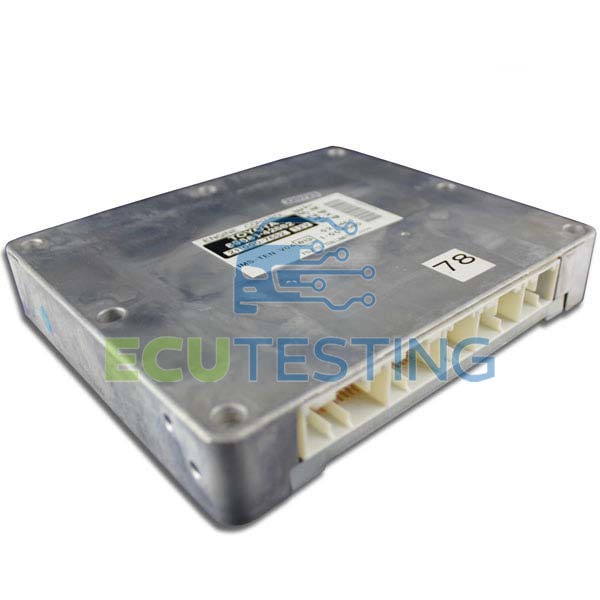Powertrain Control Module (PCM) – clearing the confusion.

The terms PCM (Powertrain Control Module), ECU (Engine Control Unit) and ECM (Engine Control Module) can sometimes be used as interchangeable generic phrases for the same thing - a control unit for the engine/transmission system.
Depending on who is speaking will often depend on which term is used: manufacturers, vehicle sales, mechanics, auto-technicians, electronic engineers and the general public; each will often call the same thing by a different name.
However, there are certainly differences between these electronic modules and the function that they provide on the vehicle.
Very plainly put, electronic control units that control the engine and/or transmission systems can be defined as follows:
PCM (Powertrain Control Module) – This is a combined engine and transmission control unit which will provide management and correct function of the engine and transmission from one control unit.
ECU (Engine Control Unit) / ECM (Engine Control Module) – This is an electronic control unit that manages the engine only. Encompassing associated sensors, actuators, fuel injection, ignition and ancillaries of the engine.
TCU (Transmission Control Unit) / TCM (Transmission Control Module) – This is a control unit that manages the transmission and associated sensors, switches, actuators and solenoids. All auto, semi-auto and dual clutch manual transmissions have a TCU/TCM.
So, the difference is that a 'PCM' controls both the engine and transmission system, whereas an 'ECU/ECM' or 'TCM' controls only one of these systems.
The processing power of the PCM (or similar control unit above) allows for the control of a host of interlinked sub-systems in the vehicle providing optimal gear shift, engine performance, timing and fuel efficiency.
While monitoring numerous inputs the PCM can make rapid and immediate adjustments if any reading is out of range. If it is unable to implement any change to rectify a variance from the signals it receives against the stored on-board parameters, the PCM will signal the driver that there is a problem by illuminating a corresponding warning light (usually on the instrument cluster) and by logging an internal fault code that can be retrieved via diagnostic tools.
If you believe your control unit is faulty then we are able to fully test and rebuild your own unit.
How to send your unit to us…
- Fill out this test form with the fault symptoms and part details (this will automatically book your unit into our workshop). You will then receive a confirmation email with your reference number & full shipping instructions.
- Package your unit in a sturdy box with plenty of packaging material, and send to us via tracked delivery, ensure you print and include your confirmation slip in the box when you send it.
- Once we have received your unit we will fully test and inform you of the results, if the unit is faulty and you would like to go ahead then we will rebuild it, and ship it back to you on a next day tracked and insured courier service (if your unit is not faulty then we will return it to you and you only pay the test fee).
Our current turnaround time is approximately 2-3 working days (excluding weekends and public holidays).